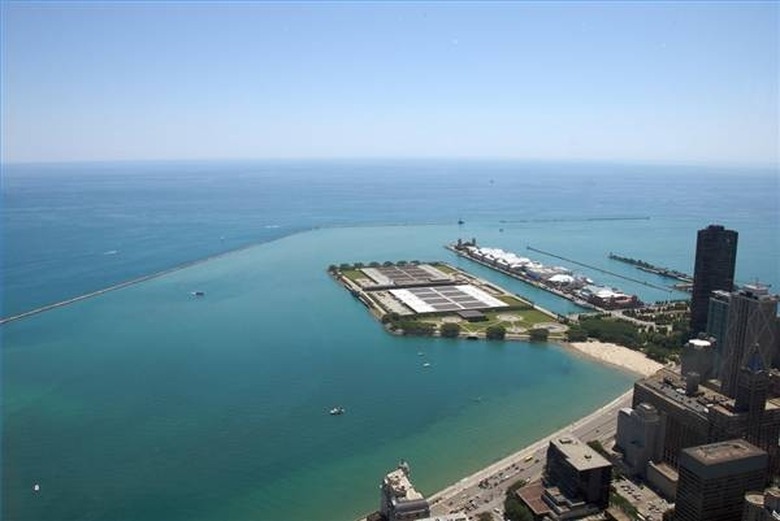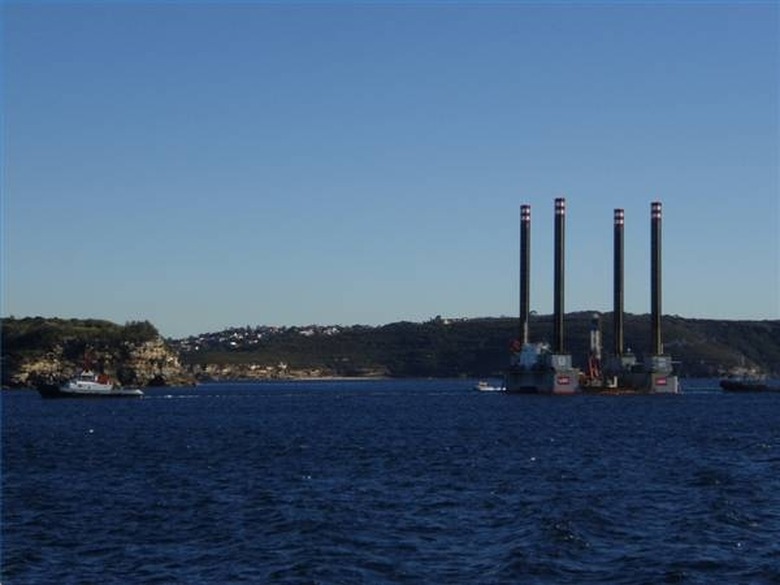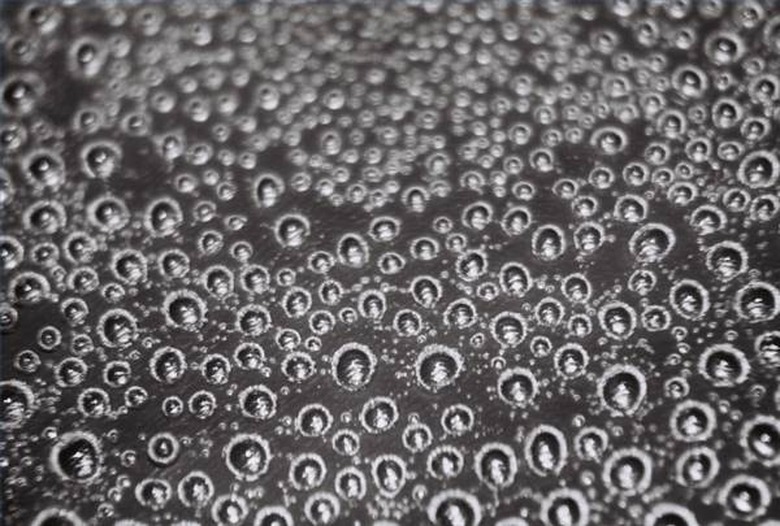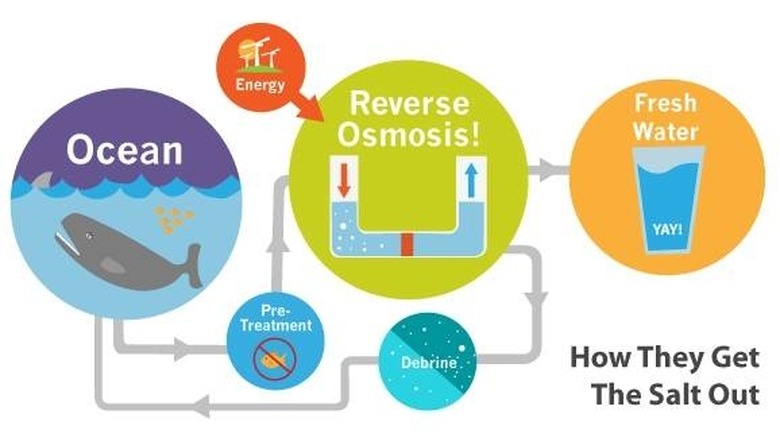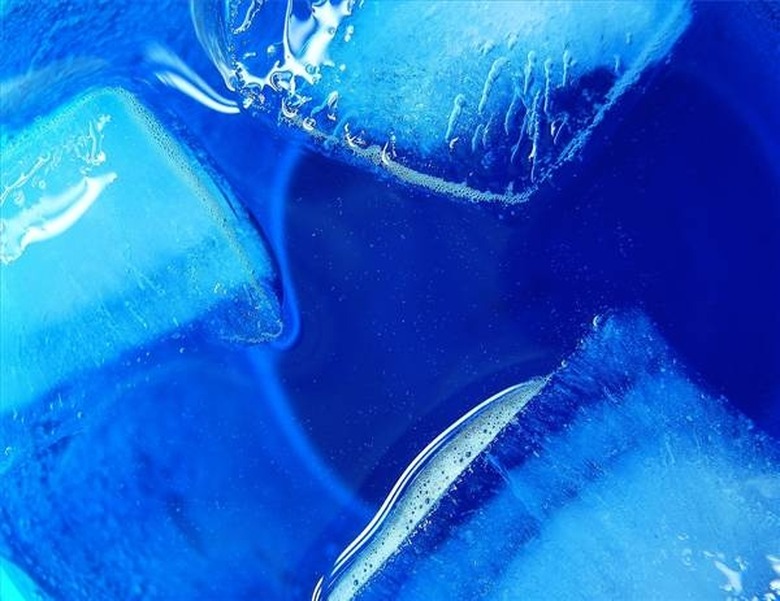Methods For Desalination
Primary methods of desalination, or removing salt from water, include thermal processes, such as distillation, and membrane processes, such as reverse osmosis and electrodialysis.
Function of Desalination
Function of Desalination
Desalination is the process of removing salts from seawater to provide purified water for industry, irrigation and drinking.
Significance of Desalination
Significance of Desalination
Only 1 percent of the earth's water is liquid freshwater; 97 percent of available water resources are contaminated by salt. This makes desalination an essential component of efforts to address water shortages, especially in densely populated coastal regions.
Types of Thermal Desalination
Types of Thermal Desalination
Thermal desalination methods include vapor distillation, multistage distillation and multiple-effect distillation. Thermal methods of desalination boil water and collect purified water vapor.
Types of Membrane Desalination
Types of Membrane Desalination
Membrane methods of desalination include reverse osmosis and electrodialysis. Membrane processes use selective permeability to separate salts and water.
Other Types of Desalination
Other Types of Desalination
Other methods of desalination include freezing, solar dehumidification and membrane distillation (a combination of thermal and membrane methods).
Considerations When Choosing a Method of Desalination
Considerations When Choosing a Method of Desalination
Thermal methods require a large input of energy to heat the water. Membrane methods of desalination require energy for mechanical processes. Reverse osmosis is the most cost effective in many applications. Other considerations include the degree of purity required, scale of production and cost of chemical pretreatments.
Cite This Article
MLA
Boulianne, Carla. "Methods For Desalination" sciencing.com, https://www.sciencing.com/methods-desalination-5038235/. 24 April 2017.
APA
Boulianne, Carla. (2017, April 24). Methods For Desalination. sciencing.com. Retrieved from https://www.sciencing.com/methods-desalination-5038235/
Chicago
Boulianne, Carla. Methods For Desalination last modified March 24, 2022. https://www.sciencing.com/methods-desalination-5038235/
